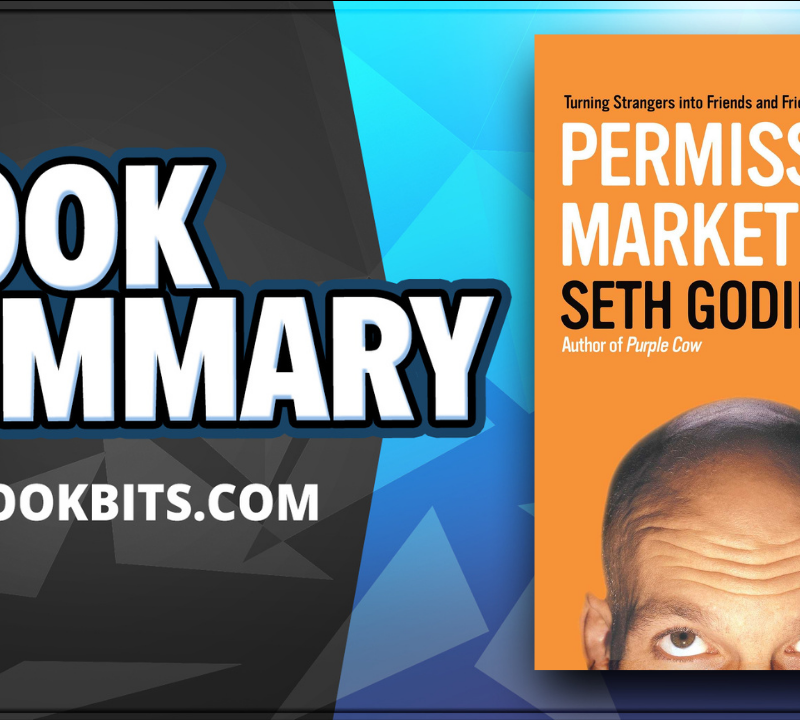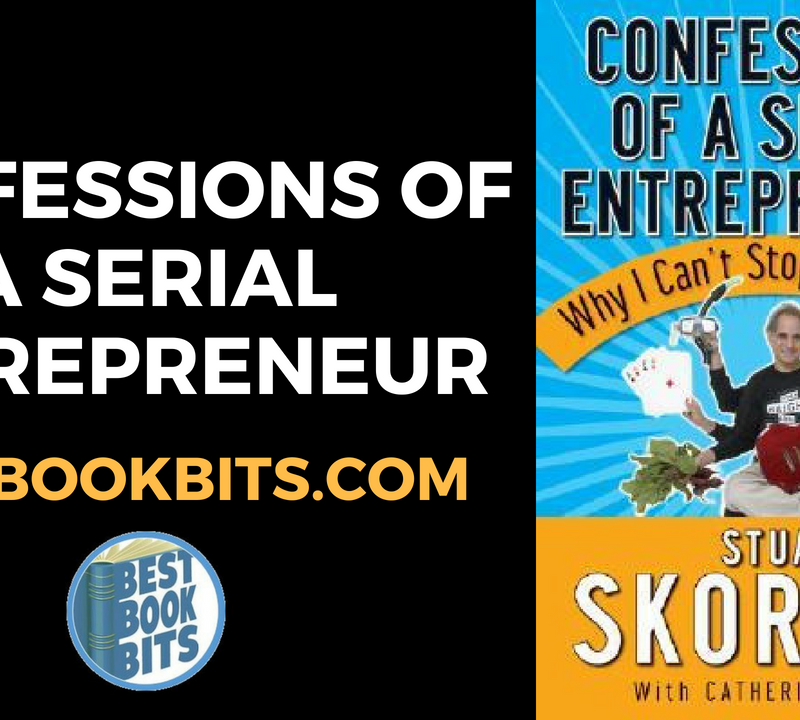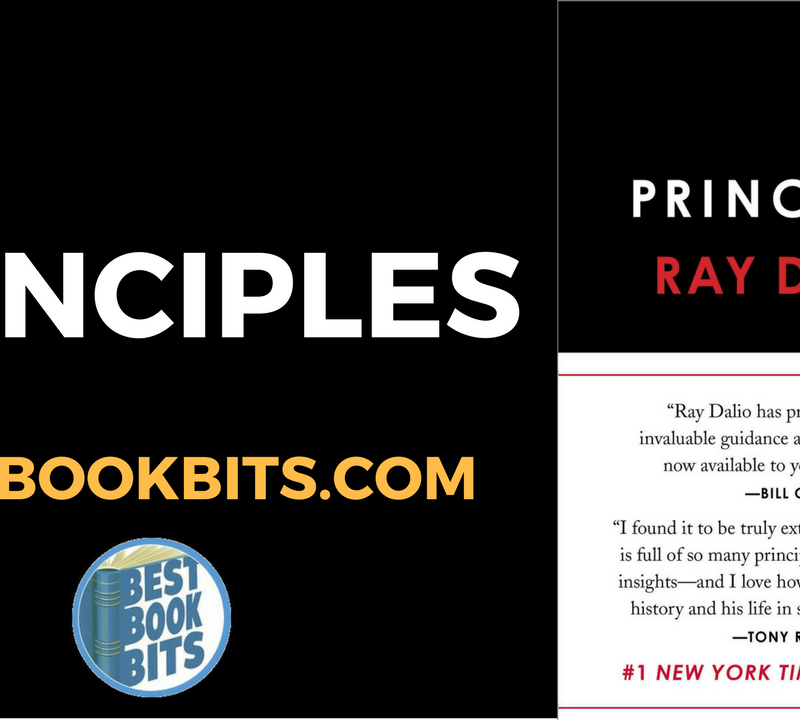★DOWNLOAD THIS FREE PDF SUMMARY HERE
? MY FREE BOOK TO LIVING YOUR DREAM LIFE”
? SPONSOR BESTBOOKBITS BY USING PATREON
? SUPPORT BESTBOOKBITS BY CLICKING THE LINKS BELOW
- 150 PDF Summaries
- Coaching Program
- Subscribe to My Channel
- Website
- Spotify
- Book Club
- Mailing List
WELCOME TO THE THANK YOU ECONOMY
How Everything Has Changed, Except Human Nature
No relationships should be taken for granted. They are what life is all about, the whole point. How we cultivate our relationships is often the greatest determinant of the type of life we get to live. Business is no different. Real business isn’t done in board meetings; it’s done over a half-eaten plate of Buffalo wings at the sports bar, or during the intermission of a Broadway show.
The only thing that will never change is human nature. When given the choice, people will always spend their time around people they like. They’d also rather do business with and buy stuff from people they like.
And now, they can. Social media has made it possible for consumers to interact with businesses in a way that is often similar to how they interact with their friends and family.
Social Media
It is imperative that brands and businesses learn how to properly and authentically use social media to develop one-to-one relationships with their customer base—no matter how big—so that they make an impact in their market, now and in the future.
Finally, a way to really connect with our customers, an opportunity to hear what they want, what they think, how things went, how our product worked, or how it didn’t!
If it’s true that one-to-one is quickly becoming one of the most important ways to reach customers, then it means a massive number of businesses are eventually going to have to undergo a total cultural transformation to compete.
Consumer expectations are changing dramatically, and social media has altered everything about how companies must—MUST—relate to their customers. From now on, the relationship between a business and a customer is going to look very different from the way it has looked in the recent past.
More than Social Media
Social Media = Business The thing to keep in mind at all costs, though, is that the Thank You Economy is much, much bigger than social media. Social media’s arrival was simply the catalyst for a revolution that was already brewing in the minds of consumers sick to death of feeling isolated, unappreciated, and ignored. The Thank You Economy explains how businesses must learn to adapt their marketing strategies to take advantage of platforms that have completely transformed consumer culture and society as a whole.
Erasing Lines in the Sand
Corporate America loves ecommerce now, of course, but business leaders and brand managers and marketers have simply drawn new lines in the sand, this time putting distance between their companies and social media, all the while desperately clinging to the security they still believe numbers can provide.
Unfortunately, if you wait until social media is able to prove itself to you before deciding to engage with your customers one-on-one, you’ll have missed your greatest window of opportunity to move ahead of your competitors.
Right now, I’d say that social media is a bit like a kidney—you can survive with only one, but your chances of making it to old age are a lot better with two. Eventually, though, I think social media will be as important to a business as a strong heart.
Why Smart People Dismiss Social Media, and Why They Shouldn’t
Overall, there are eleven excuses I’ve heard companies use again and again to justify their refusal to fully commit to and invest in social media, and I want to dissect them all.
- There’s no ROI. There is proven ROI in doing whatever you can to turn your customers into advocates for your brand or business. In the Thank You Economy, a key component of superior customer service is one-to-one engagement in social media. It’s what customers want, and as we all know, the customer is king.
- The metrics aren’t reliable. The tools for tracking and measuring social media initiatives are becoming increasingly sophisticated and reliable.
- Social media is still too young First-to-market in this hyper-fast world has impact.
- Social media is just another trend that will pass if users one day abandon Facebook in favour of something better, they won’t be jumping off the train, they’ll simply be moving to a new car. Move with them.
- We need to control our message A lot of companies resist building a Facebook wall etc. because an irate customer might post negative comments. So what? Would you prefer that the customer post them somewhere else where you have absolutely no way to reply?
- I don’t have time to keep track/don’t want to pay someone else to. If you are a one-person company and you want to grow your business, you’re going to have to make time to track conversations yourself because you simply can’t afford not to. Being a part of the conversation is as important as having a website.
- We’re doing fine without it a competitive company is always on the offense. Always. Always. Always.
- We tried it; it doesn’t work you can’t reap the benefits of social media’s word of mouth without a ton of patience, as well as commitment and strategy.
- The legal issues are too thorny to allow yourself to be pressured to give up before you even start, without exploring every possibility, is inexcusable.
- It takes too long to pay off The long-term benefits of engaging with customers will almost always lose out to the short-term reality, which is that people want to keep their jobs.
- Social media only works for start-ups, life style or tech brands It’s true that some products are sexier than others, but it’s also true that if there weren’t a need for your product, you wouldn’t be in business.
HOW TO WIN
From the Top: Instill the Right Culture
Success in the Thank You Economy hinges on obsessively caring about the customer, yes, but a great caring culture stems from the top of a company and cascades through it like a waterfall. If you want that culture to flow outside of the company to the customer, and then get carried even farther by word of mouth, you have to be sure that your messengers live and breathe it the same way you do. Therefore, the dominant obsession for any leader running a company in the Thank You Economy shouldn’t be the competition, nor should it be customer service. It should be your employees.
Happy Employees
The first thing that makes an employee happy is being treated like an adult. They should be allowed to manage their job as they see fit.
The second is feeling that his or her individual needs are being met. This is rare. To achieve this kind of satisfaction among staff would require business leaders to engage at the same one-on-one level with their employees as with their customers.
Cultural Building Blocks
For a mid-to-large company, being an effective CCO would require getting to know a massive number of people on an individual level, wouldn’t it? Absolutely. It would be doable if all the other cultural building blocks to a Thank You Economy company had been established. If a leader were so inclined, here’s how it could be done:
- Begin with yourself – strong self-awareness makes a strong culture possible.
- Commit whole hog – make a mental commitment.
- Set the tone – send a strong, direct message about your intent. Employees should be able to feel the difference immediately.
- Invest in employees – prove that you value your employees above all else by giving them the freedom to ask for what they want, to experiment, and to be themselves.
- Trust your people – begin hiring people who share your commitment to caring, hire people you relate to and can trust.
- Be authentic – people can smell BS a mile away.
The Perfect Date: Traditional Media Meets Social
If you were on a date, and there was some serious chemistry, you wouldn’t let it end at the restaurant. You’d probably suggest continuing your conversation over drinks or coffee or an ice-cream cone.
Combining traditional and social media can allow you to do the same thing when talking to people about your brand.
Develop creative work that allows the platforms to rally, to work together to extend your story, continue the conversation, and connect with your audience.
It’s not enough to simply throw a Twitter or Facebook logo at the bottom of your ad, or show Facebook.com/yourbrand at the end of your TV commercial.
What you might do instead is post a creative image or text, including your actual address on Facebook and Twitter, that piques the consumer’s interest enough to go there to see what else you have to say. Pull the viewers in, and keep the conversation going for as long as you can.
Intent: Quality versus Quantity
I strongly believe that if your intentions are good, it shows, and it draws people to you. Good intentions create a pull.
If you’ve ever considered embarking on a social media campaign, or even tried an initiative or two, what was your intent? Was your goal to get someone to click through or click the “Like” button? Or was it to build your online identity and foster a connection between yourself and the consumer? If your answer is the former, you’ve just hit upon the reason why most campaigns fail to meet their potential.
Social media works best when you evoke an emotion in the people to whom you’re reaching out. It pulls. If you’re going to launch a campaign, it has to be one that evokes an emotion—positive or negative—so that people feel compelled to share. Give them something to talk about, unleash the power of word of mouth, and allow them to pull you into their consciousness.
Shock and Awe
The money spent on shock and awe can have much more value than a Facebook ad or even an SEO manager’s salary. Big companies, with their big marketing and advertising budgets, can do amazing shock and awe, of course.
What’s cool is that you can scale shock and awe, and still create a magical, chemical reaction. For example, what if you made a list of the twenty or thirty customers who support your business the most, and sent each of them a handwritten thank you note with a rose, or some other small gift? This would be a low-cost yet high-impact move.
Conclusion
If marketers commit to Thank You Economy principles wholeheartedly, reallocate their marketing resources properly, and find ways not only to take advantage of the best that social media and traditional media have to offer but also to actually play them off each other, they will see an incredible return on any investment they make.
The Thank You Economy has radically altered our customers’ expectations, and businesses are going to have to get creative and personal in order to meet them. As we do, consumer expectations will change, and the marketing initiatives we put out that might now be met with “Wow!” will eventually be met with “Meh.” The key, then, is to start thinking ahead. All businesses must innovate to survive. Social media gives us the opportunity to figure out what people want before they even know they want it.
Brands should also do everything they can to gain first-mover advantage. Marketers have to keep their finger on the pulse of the culture and keep an eye on the incoming trains.
More Thoughts…
Fear can block innovation
It’s becoming more unusual for a big consumer brand to really innovate and create a great product. Vitamin Water didn’t come from Coke; Pom didn’t come from Pepsi. Too many big companies get stuck in the muck of their own fear and short-term concerns, which prohibits them from taking risks and following through on great, creative thinking.
Scrappier companies are often still ruled by passion and have the freedom to experiment.
Agendas
There are a lot of people with a vested interest in making sure that brands don’t start using social media. You can point out plenty of weaknesses in social media metrics, but you can find just as many in traditional media. The reality is, however, that brands will eventually be able to track every consumer online—there is no truer metric.
The ROI of Emotions
The ROI of a social media user is deeply tied to that user’s sense of community and the emotional attachment he or she associates with a product.
The heart wants what the heart wants.
Billboards
There is no chance in heck that as many people as the companies tell you are viewing billboards are viewing billboards. People are so distracted with their mobile devices they’re barely looking at the roads, much less looking at billboards.
How Innovation Feeds Culture
You can never lose by going out on a creative limb. Even if your campaign doesn’t result in the sales you might have hoped for, your company culture will benefit from having tried. Talent wants to follow talent. Any creative team who sees that you tried something innovative will keep you in mind when they’re ready to job hunt.
The Biggest Mistakes Companies Make with Social Media
- Using tactics instead of strategy
- Using it exclusively to put out fires
- Using it to brag
- Using it as a press release
- Exclusively re-tweeting other people’s material rather than creating your own original content
- Using it to push product
- Expecting immediate results
★DOWNLOAD THIS FREE PDF SUMMARY HERE
? MY FREE BOOK TO LIVING YOUR DREAM LIFE”
? SPONSOR BESTBOOKBITS BY USING PATREON
? SUPPORT BESTBOOKBITS BY CLICKING THE LINKS BELOW













